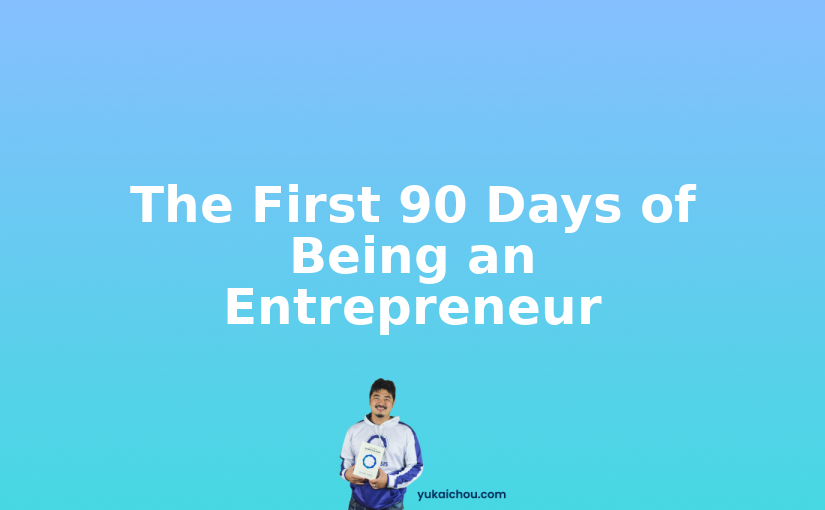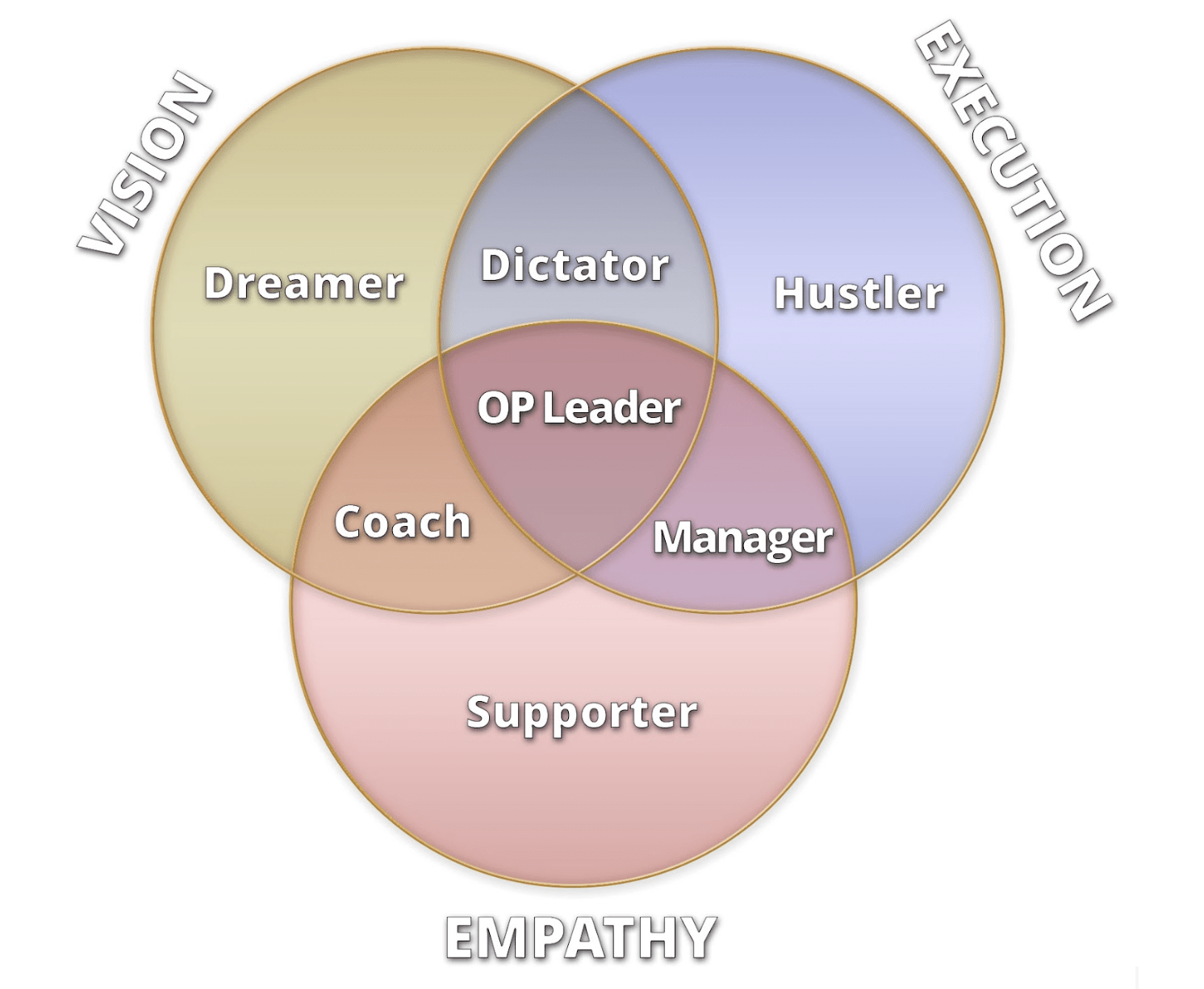In most people’s minds, the hardest part about being an entrepreneur is starting. That’s actually not true. Starting is the easiest part and it just requires you to get off your butt and start doing things. You only think it’s the hardest part because that’s the part YOU are stuck on.
For that reason, here’s a little guide to help you get over that “but I don’t know how to start!” hurdle, so you will have no excuse not knowing how to start your company.
Days 1-5: Decide to be an Entrepreneur and learn as much as you can about it
This is the day that you finally decide to take that leap of faith and begin a real life. Some people start this day by being laid off, but hopefully you came to this conclusion on your own terms.
This doesn’t mean you have to quit your job immediately, but it means you need to start thinking like an entrepreneur. You need to train your mind to think creatively, to discover opportunities, to become a leader, and to become an explorer of life.
You should also start reading about what does entrepreneurship entail and to learn as much as you can about it. I recommend reading Paul Graham’s Essays, Guy Kawasaki’s Blog, and Stanford’s Entrepreneurial Thought Leadership Series.
Spend as much time as you can everyday reading up on these materials and listen to these podcasts everyday because sounding like you know what you are doing is very important in the startup world.
Finally, find people who have been there, done that and learn about their experiences. Ask them to become your mentor or advisor. They can seriously prevent you from running into some walls that they ran into when they were doing it.
Days 6-10: Find your Passion
This is the time to find out what you are truly passionate about. Running a business is tough, and to survive through all the beatings and destruction, you MUST be passionate about what you are doing. Or else you quit and die.
There are many ways to find your passion, and none of them work 100% of the time. I recommend you to think about the past years and write down EVERYTHING that made you happy. Write down things that you spent the most time on. Write down things that made you feel meaningful about life.
Your passion can be as broad as you want: fashion, helping people, making better technology….anything, but just know that it is something that can make you happy.
Days 10-20: Identify a large problem in the field you are passionate about and find your co-founder(s)
Once you know the field that you are most passionate about, try to identify problems and pains in this field that have not been solved yet.
Since this is a field you care a lot about, you are hopefully part of the target market, and you know what are the things that just have to have a better solution to them.
Make sure you focus on Aspirins instead of Vitamins. One solves a real PAIN, while the other is just a good-to-have. With EXTREMELY good marketing, you can do well with Vitamins. However, if you already have that brilliant marketing ability, it would only be more successful if you were selling an Aspirin.
You don’t need to stress about thinking up the solution, but at least list out all the problems that you potentially want to solve.
Then you want to find co-founders who can fight with you on your journey.This Co-founder should have the same passion but with complementary skills to you.
Co-founders are exceptionally important because they help you go through the tough times and alleviate some of the loneliness of entrepreneurial life. As an entrepreneur, your family and friends will not understand what you are doing, and the only people that you truly share your pains with are your partners.
The order of these two can be switched. You can choose to find co-founders first and identify the problems in that field if you like. However, you should definitely come up with the solution to the problem together.
Days 20-30: Find a Solution to the Problem you Identified
With your co-founders, you should meet up everyday and brainstorm about potential solutions to the problems you identified.
Be as creative as possible. Think inside, outside, and inbetween the box. And then pretend there is no box.
Don’t be scared to yell at each other. You will be yelling at each other throughout the startup process, so might as well start now. Just don’t take things personally.
Also, make sure you are market focused instead of product focused. Make sure your solution/product is not something that’s just “really cool” but something that actually addresses the need in the market. Also make sure your product is economically viable. You won’t find enough buyers if you solve a small problem with twice the original price.
Finally, create some Milestones, Assumptions, and Tasks for your business.
Days 30-40: Assign Roles, Tell ALMOST everyone about your new business idea
At this point, you and your co-founders should identify the roles and responsibilities everyone has in the firm. Rolls should be assigned based on the person’s abilities and expertise, which should end up being obvious if you truly picked people with complementary skills as you do. Make sure everyone is accountable for his/her tasks.
Also, almost at all times, the original vision of a startup ends up being completely changed. That’s a good thing, because startups need to be adaptable. You as an entrepreneur need to talk to as many people as you can to get feedback.
Keep in mind that most of your friends will tell you that your idea is great, even if your idea was a samurai sword that makes the noise of a rooster crow whenever you draw it out of the sheath. (Btw, one day I will make this product. Trust me.) Pay attention to the people who raise problems and issues so you can truly increase your chances of success.
Now there are some people who just tell you that your plans will never work without giving you any real reasons. Ignore them. These are people who wished they were doing something extraordinary but ended up hating their life. Don’t let them bring your spirit down.
Don’t be afraid of people stealing your ideas. Most people are too lazy to even do their own brilliant ideas, let alone yours. Plus success is all in the execution.
I would say the ONLY people you need to be concerned about sharing your ideas with are companies that are already doing something similar. If that is the case, it would be very easy for them to just tweak their products to make it like yours.
By the way, at this point it is good to have a company name, but don’t kill yourself over it. It is up to you to get business cards but first focus on tasks that make your actual business more valuable, like developing the product.
Finally, don’t bother wasting time registering for a legal structure. No one will sue you yet, and your stocks are worth nothing.
Days 40-60: Recruit necessary talents and talk to potential investors
Now that you have obtained a lot of education from your field, learned about your market, and bullet-proofed your product idea (not!), you should know by now what are your lacking resources.
For almost all startups, the resources that are lacking are money and people.
Spend most of your time selling your vision to people who have the production skills, perhaps in the engineering or design field, instead of investors. If you convince them that your startup has huge potentials and could make their lives more meaningful, a lot of people are willing to work at least part-time for free or for some stock. You can pay them too if you have the cash.
The reason why I say don’t spend too much time on investor is because a lot of the times they’re not worth the effort. It takes a lot of precious energy and time to pitch to investors, especially in a down economy. This holds true even more so when you don’t even have a product yet, and are an unproven time.
Plus, where would all the money go to when you raise the money? Probably paying people anyway. You might as well focus on getting people to help out and have them share part of the company instead of the investors.
With that said, you should still probe around to raise a little money from the 3F: Friends, Families and Fools. They might put down a little bit just to get you going, but don’t waste time on an entire business plan just for pitching investors. Have a power point deck and possibly an executive summary and you are good to go.
Days 60-70: Build a website, Develop key partnerships, introduce Gamification and Brand your company
At this stage, you should start branding yourself everywhere, even before you launch your product. Everyone should be waiting for your product when it launches.
One of the most important things nowadays is to have a website. Nowadays people judge your credibility by your website. If you don’t have one, no one will do business with you.
If you don’t have a lot of resources, you can set up a simple WordPress site with a template design that talks about your company. You can also find some good wordpress designers that can create a cool site for a low fee.
At the same time, start building relationships with key people in your industry so you can establish partnerships that will help your business. Depending on your line of business, this could be either helpful or essential.
Utilize the power of Social Media and Search Engine Optimization. To brand your company well, you should start blogging about topics in your industry and build followship on Twitter. You should also make sure your website is key-word optimized so people can find your company without you marketing it with money.
Days 70-80: Get the legal stuff out of the way
If you have survived to this point, you know you are committed enough to function like a real company. Now is a good time to establish your formal legal structure (earlier you functioned as a Partnership), whether it be a S-Corp, C-Corp, or LLC.
This is an important step but I just want to make sure you don’t waste the money and effort before your company has any value developed.
Days 80-90: Focus on your product and launch as soon as possible
After almost 3 months of hard work, your company is finally ready to flow into Phase 2 of a startup. You need to make sure that your product is launched as fast as possible because markets change very fast and you can always improve it later on. Market validation is extremely important for both your business and investors
Make sure whatever you make comes out with a good design. Think about cars. A company could make a car that is 20% more efficient and 10% faster than any other car out there, but if it looks UGLY, all that brilliant engineering is wasted because no one will buy it.
Finally, keep your product as simple as possible. You only want that KEY feature that solves the PAIN you identified at the beginning. Bells and Whistles only delay your launch time and distract people from using and remembering your product for its core features.
The Journey Goes On
Since every business has unique needs and tasks, I won’t be able to tell you what lies ahead for you. Fortunately or unfortunately, at this point all sorts of tasks and problems will pop up for you to solve, so you will not need a guide to tell you what to do.
The last thing I want to remind you is that always focus on things that are important instead of urgent, maintain passion, don’t give up, always keep your integrity, and watch your business grow.
The world needs more entrepreneurs. Start today.








